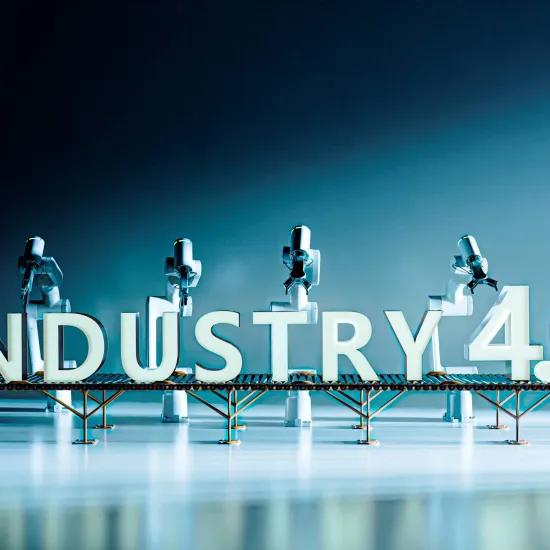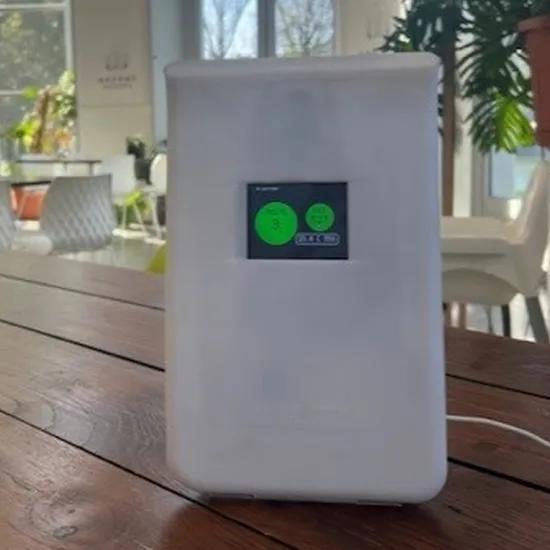Companies that want to develop a smart product should have a realistic idea of the development and production cost when they draw up their business case and decide whether to move forward.
Even if applications seem perfectly feasible from a technological perspective, developing a smart product involves much more than just technology - so cost-effective development can be a challenge.
The components of a smart product
To realistically estimate the costs you will face, it is vital that you understand which building blocks a smart product requires. Making a product smart and connected means adding more software to it. A smart, connected product therefore typically comprises the following technological building blocks:
- Hardware or all the sensors, actuators and electronics in the product, and their energy supply.
- Local data processing in the product. This can range from simple signal and data processing to complex models and artificial intelligence algorithms.
- Local applications or software applications in the physical product.
- A user interface or the set of systems inside or outside of the physical product through which the product receives input from the user or returns information to the user.
- Connectivity including the (wired or wireless) communication channels for all communication between the physical product on the one hand and the cloud, the user interface and external systems on the other.
- Data storage and analytics in the cloud, which can range from simple data processing to complex models and artificial intelligence algorithms.
- Applications or software in the cloud, from proprietary applications to APIs and open-source software.
- Security and authentication or the set of solutions that ensures connected products correctly recognise each other and safely exchange information.
What this means in practice
Imagine that you want to develop a smart, connected container. It may be sufficient to buy the available technology - such as an integrated solution with sensors, a cloud computing system and a web application - and add it to your product. But you also have to factor in the production cost for integrating this solution in your container and configuring the software.
Then there is the operating cost of supporting the new functionality. If your smart, connected container communicates with the cloud, you will also have to pay for cloud services and software support. Ideally, you will also hire service and maintenance staff and set up a helpdesk for your customers who will be using your smart containers, because you want the product to keep working smoothly after every software upgrade. If you are offering a digital service, this service too has to be guaranteed.
Make or buy?
The above only applies if you can buy a ready-made solution to incorporate into your product. If this isn’t possible, you may have to develop your own software and possibly even hardware. You will then have to factor in both the development cost and the time you need for development.
Of course, estimating the cost of development and production is a good place to start. But there is more. You will also need to have a realistic idea of the number of products you expect to sell each year. This will determine the impact of the development cost and operating costs on your product price. A mass product is cheaper to produce than a custom-manufactured product.
A realistic estimate of the expected profit
It is imperative that you have a realistic idea of the possible investment and development cost of your smart project, as this will allow you to calculate the minimum return required to cover your costs.
Make sure you have a clear answer to the following questions:
- Which costs will affect the price of my solution?
- What are the upper and lower limits/best- and worst-case scenarios for these cost criteria?
- How will this impact the minimum value my solution needs to create?
Only once you have gained a clear insight will you be able to make a well-informed decision on whether or not to continue with the development of your smart product.
Do you want more information about smart, connected products? Do you have a specific question? Get in touch or consult our web page!
(Source picture above: Shutterstock)






